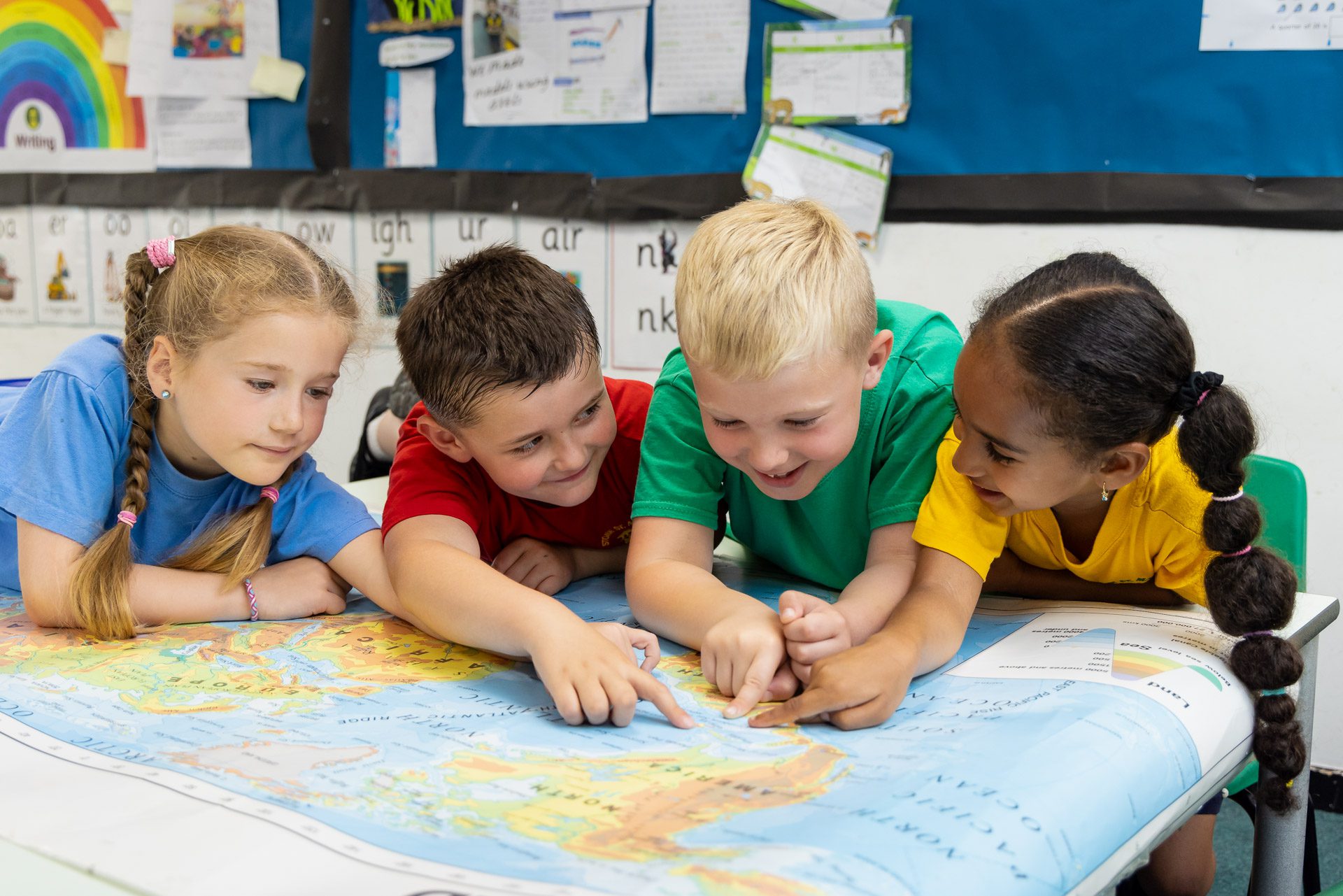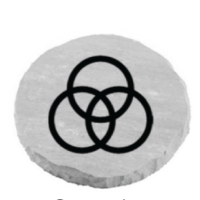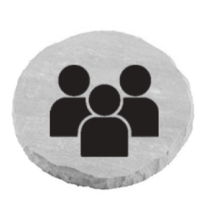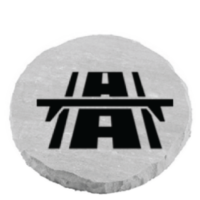Geography Subject Leader: Miss C Kaur
For any more information on Stone St. Mary’s Geography Curriculum, please contact the office.
Through Geography, pupils learn about a variety of places and the features that live within them, enhancing their knowledge of countries, regions, cultures, and environments.
Intent
At Stone St Mary’s C of E Primary School, we believe that enjoyable, fascinating exploration of the natural world around us will create fearless geographers of our future. We hope to create a love of Geography where our pupils are curious and inquisitive about exploring the world around them as well as using Geography in future careers too.
Topics are informed by the National Curriculum and structured to ensure that the school’s teaching strategies are informed by current pedagogy. Within our geography curriculum, we endeavour to create opportunities and experiences which will inspire pupils and encourage deeper learning. We aim for children to:
- Be equipped with knowledge about diverse places, people, resources and natural and human environments.
- Contribute to a deep understanding of the Earth’s key physical and human processes.
- Explain how the Earth’s features at different scales are shaped, interconnected and change over time.


Implementation
Here at Stone St Mary’s C of E Primary School, we demonstrate presenting geographical information in several ways, communicating through maps and fieldwork, while interpreting a wide variety of sources containing geographical information. This includes the use of atlases, digital mapping, ariel photographs and diagrams. Through our well-sequenced curriculum, pupils are prepared with knowledge about miscellaneous people, places, and human and physical environments. Developing a deeper understanding of the worlds key physical and human processes.
Deeper thinking and questioning are skills that are heavily scaffolded, encouraging independence through curiosity. Through spirituality, we encourage children to look at and appreciate the world around them.
Our lessons are taught with a focus on one or more of our connecting stones: explorers, location, physical, human and comparisons. Over the course of the year, children will have covered all these connecting stones in depth. Revisiting and repeating to deepen the level of previous learning and helping to embed the geographical knowledge every year.
Impact
Children are confident, resilient geographers, and are able to use a wide range of geographical vocabulary to explain a range of objectives that are being taught through the connecting stones, across the school. Children will feel secure in talking about the world and their understanding of human and physical features while developing their understanding of diversity. As pupils move up through school, they will be constantly making links to prior learning and knowledge enabling the use of their long-term memory – retaining, using, and building on their understanding of the world, as they approach secondary education.

Comparisons

Explorers

Human Features

Location

Physical Features
Geography in Each Stage
In our reception classes (EYFS), all children are taught geography as an integral part of the learning covered during the academic year. Geographical development within the EYFS is underpinned by the objectives of the early learning goal of Understanding the World. They learn to investigate places, describing where they live and where they are, and what they notice about these places. They investigate patterns, noticing spatial relationships and links between places and objects in a space, pointing out landmarks and seeing where their country is in relation to others on a map. Children also learn about ecology, and how to look after and sustain our planet, developing a respect for the natural world. Teaching staff provide all children with rich geographical opportunities through playing, exploring and active learning. Children are continually encouraged to make meaningful connections in their learning.
In Key Stage 1, children will continue to build on their knowledge and understanding of the world around them and begin to use correct terms for simple geographical features. Pupils are given opportunities to use a range of resources, such as maps (including digital mapping) atlases and globes to investigate the world’s continents and oceans, as well as the countries and capitals of the United Kingdom and its surrounding areas. Children’s knowledge and skills are developed through their understanding of geographical similarities and differences between the human and physical geography of their locality. Weather and climate, both in the locality and around the world, are explored and children identify seasonal and daily weather patterns and the location of hot and cold areas of the world in relation to the Equator and the North and South. There are many opportunities for simple fieldwork where the pupils develop observational skills to study the geography of their school and its grounds and the key human and physical features of its surrounding environment.
In Key Stage 2, children extend their knowledge and understanding of the world to include other continents. This understanding incorporates the location and characteristics of a range of the world’s significant human and physical features. Pupils will describe and understand key aspects of the physical geography of these places including climate zones, biomes, rivers, mountains, volcanoes, earthquakes and the water cycle, as well as the human geography of the areas such as types of settlement, land use and economic activities including trade links and the distribution of natural resources including energy, food, minerals and water supplies. Children use a wide range of geographical sources to investigate places and patterns and use maps, atlases, globes and digital mapping to locate countries and describe the features studied. Children become familiar with using the eight points of the compass, four-figure grid references, symbols and keys to building their knowledge of the world. Opportunities for fieldwork are given where children can observe, measure and record the human and physical features in the local area using a range of methods.
Geography Progression
SEND Information
Geography lessons are accessible to all children, with adaptive teaching in place, based on the needs of all children in the classroom. Frequent revision of interventions, challenges and support ensures that all pupils are supported in achieving the learning in their unique way.
Geography Extra Resources
Further Geography Help


